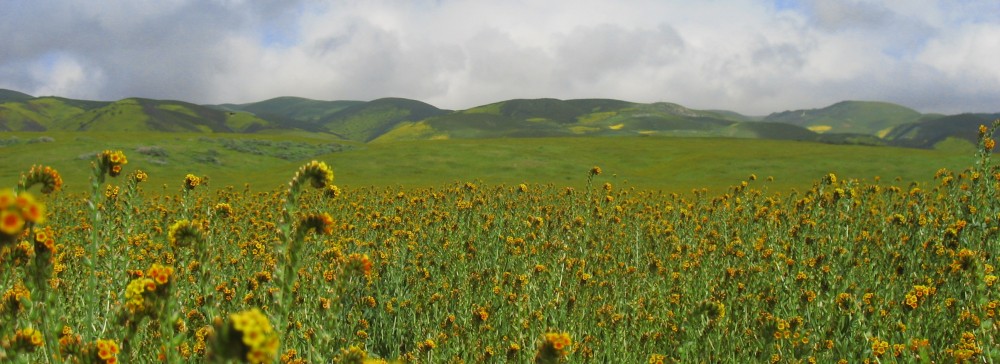Were the pollinator communities of yesterday similar to the ones we see today? Or have there been dramatic shifts in community structure that mirror the changes to the landscape made by humans? Are there any traits that make species more or less vulnerable to these changes? These are the questions a team of researchers set out to answer by examining entomological collections of bees from across the Northeastern US. This historic data can help determine whether native bee populations reflect the effects of over a century of development.
The researchers found that rare bee species declined over time, though many had to be excluded from analyses because they were not collected during the past decade. The trend was strongest for bumble bees, which experienced declines of 30% in the past 140 years. Only a few species exhibited recent steep declines, with more species showing long-term shifts in abundance. The researchers suggest these populations be monitored closely as slow declines could indicate impending collapse. Over the same period, non-native bee species increased 9-fold.
The most vulnerable species are those with limited diets (specialists), limited flight periods, and larger body sizes. Species found to increase were those in lower latitudes; the authors of the study posit they may be expanding their ranges in response to climate change. Interestingly, other characteristics that have been found to affect bee population structure in previous studies such as nest location (ground- versus twig-nesting) and sociality (solitary versus social) did not impact rates of decline.
It seems smaller bees that are active over longer seasons and visit a wide variety of flowers may be the winners, whereas big specialist bees may be the losers. Bumble bees are particularly vulnerable, which is worrisome because they are often keystone pollinators in natural systems, visiting a wide variety of plant species. In fact, one study that simulated the removal of pollinators from a system found that losing bumble bees had the most rapid and pronounced effects on the deterioration of plant diversity and abundance. Bumble bees are also able to buzz pollinate, and some plant species require this kind of pollination to reproduce. The message from this study is clear- some key bee species are declining and we need to figure out ways to conserve their populations to maintain healthy ecosystems.
Bartomeus et al. 2013. Historical changes in Northeastern US bee populations related to shared ecological traits. PNAS 110(12): 4656-4660.


